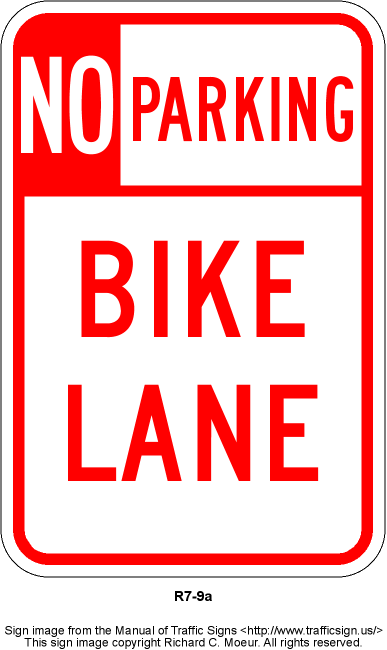
Reno police will be making an effort to enforce bicycle related traffic rules this weekend, as part of a $36,000 grant from the NV Department of Public Safety, so you would be wise to stay within the law. Here is a link to the laws for Nevada – http://www.bicyclen evada.com/ law.html. Reno’s are virtually identical with one exception. Bicyclists are specifically not allowed on sidewalks in the downtown Reno area. Actually, Nevada law prohibits sidewalk bicycling, too, but not so specifically that you can point to the statute.
I’d be extra careful to avoid:
Riding against traffic on the wrong side of the road
“Blowing” through stop signs
Ignoring traffic signals
Riding at night without proper lights
“Fixie” riders without brakes should be especially cautious as this violation was specifically brought to my attention by the RPD leader of this enforcement effort. Nevada law requires bicycles to have brakes and its easy to enforce.
On the plus side for us, Reno PD will also be giving parking tickets to motorists who park in bike lanes. Yea!
The weather should be good for bicycling this weekend. Get out and enjoy it!
Terry McAfee
Nevada Bicycle Coalition
(please join us on Facebook – http://www.facebook .com/home. php?#!/group. php?gid=26427616 1544)
